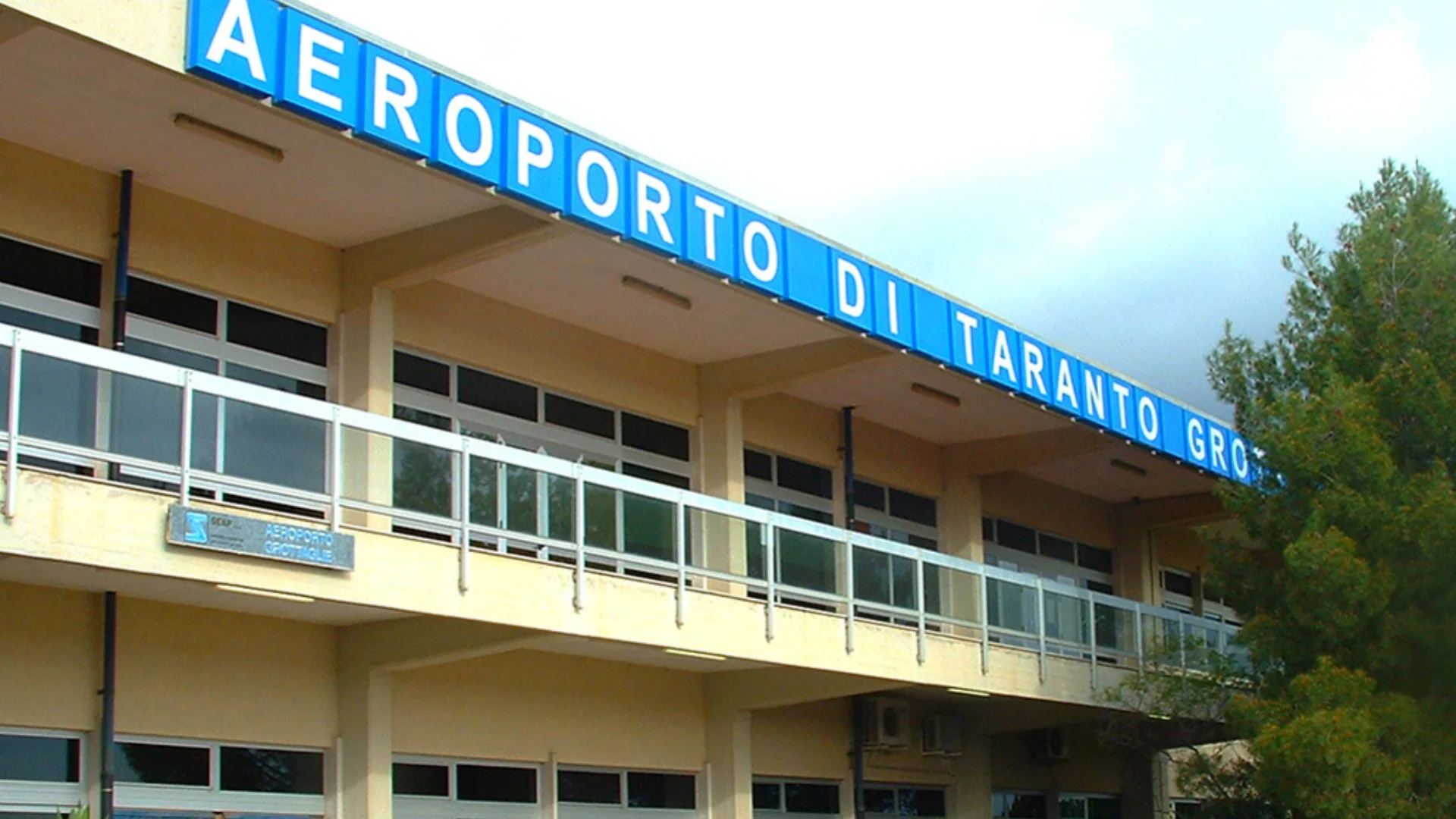Rolls-Royce and GE Aerospace are the only companies manufacturing engines for modern widebody commercial aircraft. Pratt & Whitney, which once made engines for widebodies, has shifted its focus to narrowbody engines. Meanwhile, France's Safran collaborates with GE Aerospace to produce CFM International LEAP narrowbody engines.
The Rolls-Royce Trent X exclusively powers the Airbus A350, while the GE-9X is designated for the Boeing 777X. Rolls-Royce also provides engines for the Airbus A330neo and offers an option for the Boeing 787 Dreamliner with its Trent 1000 engine. On the other hand, GE engines power most Boeing widebodies, including the upcoming Boeing 777X and current Boeing 787 models.
In recent years, Rolls-Royce faced challenges with its Trent 1000 engine due to a corrosion-related issue discovered in 2016 that led to significant financial costs and operational disruptions. Since then, airlines have increasingly favored GE's GEnx-1B engine over Rolls-Royce's option for new orders of the Boeing 787.
 Alerts Sign-up
Alerts Sign-up





































